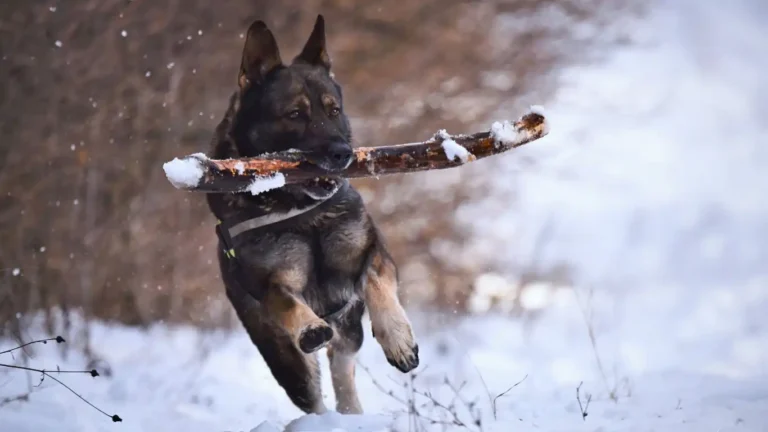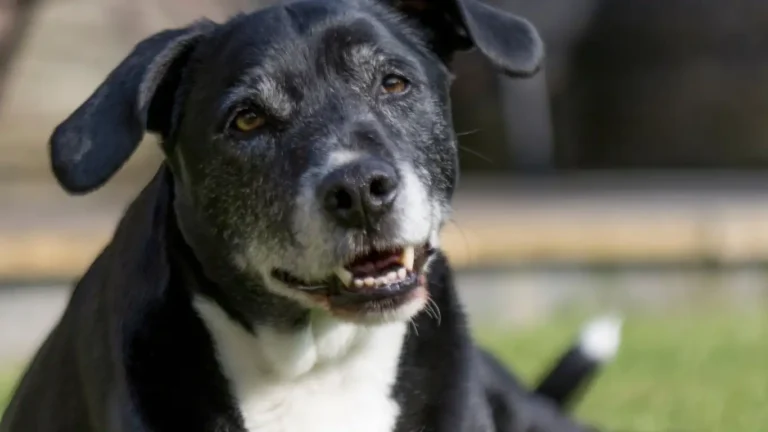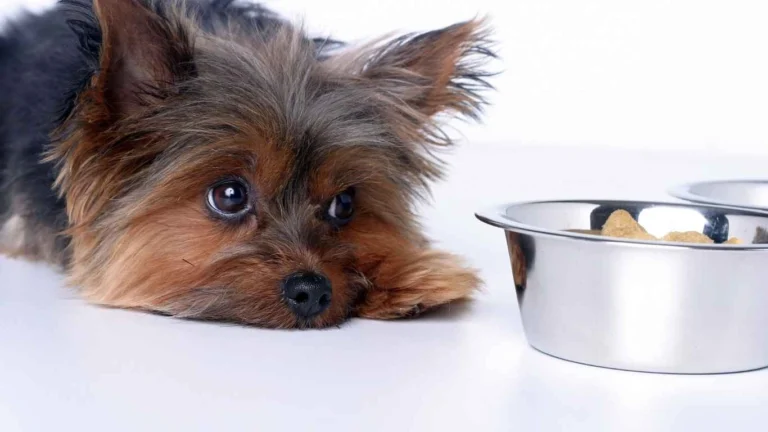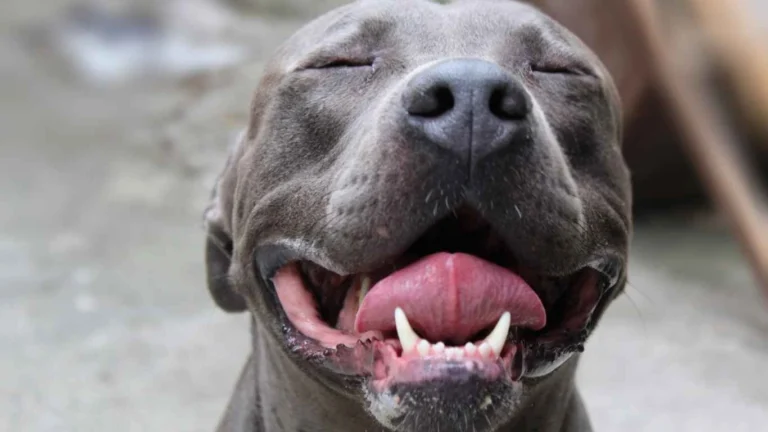Safely Transition Your Dog to a Raw Diet: Avoid These Costly Mistakes!
Transitioning your dog to a raw diet safely is a game changer for their health, but let’s be real—it’s not just about tossing raw meat into their bowl. I’ve seen pet parents struggle with digestive upsets, picky eating, and even nutrient deficiencies when they dive in too fast. As a pet nutritionist working in vet clinics, I’ve helped countless pet owners make this switch smoothly. In this guide, I’ll break it down step by step so you can confidently transition your pup without tummy troubles.
Why Consider a Raw Diet for Your Dog?
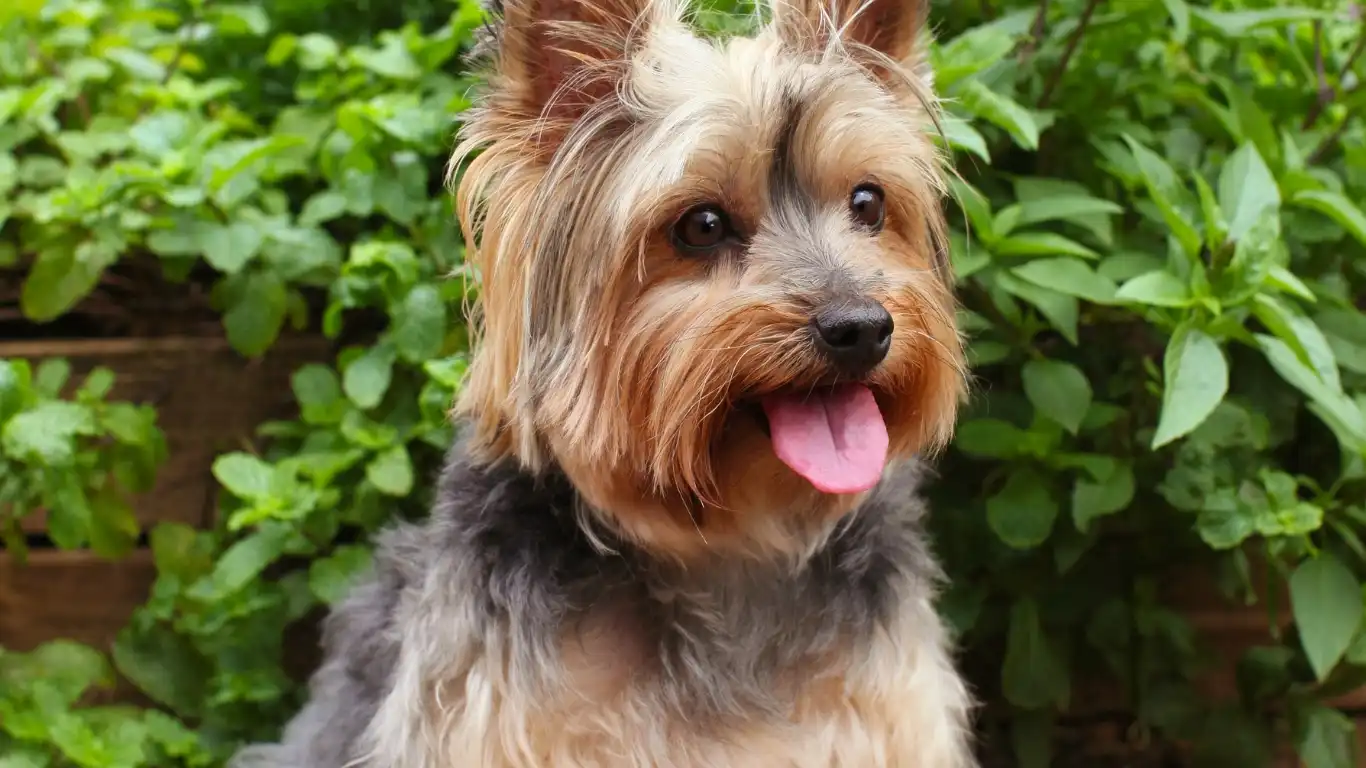
First, let’s talk about the big why. Raw feeding isn’t just a fad—it’s about mimicking the natural diet dogs thrived on before kibble took over. When done right, a raw diet can:
- Improve digestion and reduce bloating
- Give your dog a shinier coat and healthier skin
- Boost energy levels and muscle tone
- Reduce allergies and inflammation
- Promote better dental health
But—and this is a big BUT—it has to be balanced. A raw diet without the right nutrients can do more harm than good.
How to Transition a Dog to a Raw Diet Safely
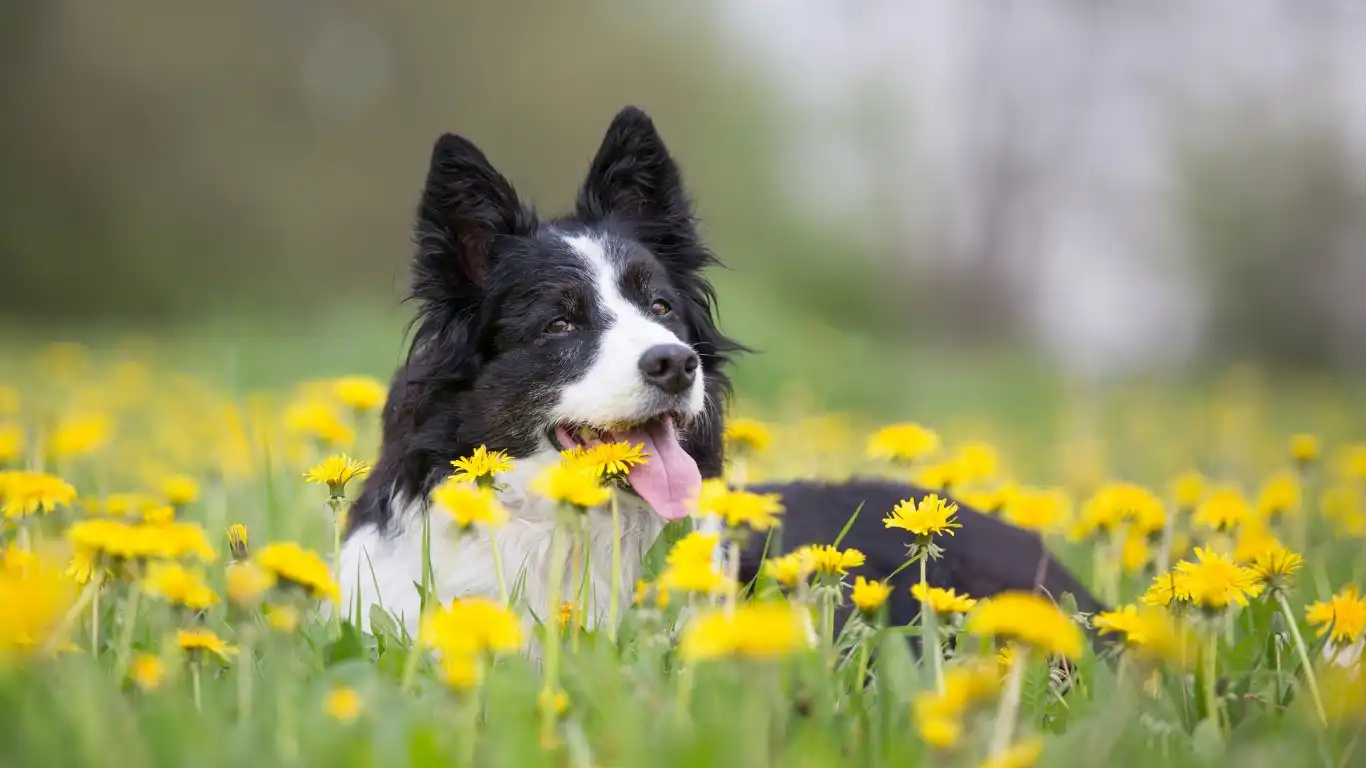
Jumping straight into raw feeding overnight? Big mistake. Your dog’s digestive system needs time to adjust. I’ve seen dogs go from kibble to raw too quickly and end up with vomiting or diarrhea. Let’s avoid that.
Step 1: Start with a Slow Transition
Gradually introducing raw food over 7-10 days is key. Here’s a simple breakdown:
- Days 1-3: 75% current food + 25% raw
- Days 4-6: 50% current food + 50% raw
- Days 7-9: 25% current food + 75% raw
- Day 10: 100% raw!
Some dogs may need a longer transition, especially if they have a sensitive stomach. Watch for any signs of discomfort and adjust as needed.
Step 2: Choose the Right Type of Raw Diet
Not all raw diets are created equal. There are a few ways to go:
- Pre-made raw meals: Convenient and balanced
- DIY raw diet: Requires careful planning to include muscle meat, organ meat, bone, and vegetables
- Freeze-dried raw: Less messy and easier to store
Whatever you choose, make sure it follows the 80-10-10 rule: 80% muscle meat, 10% bone, and 10% organ (with half of that being liver).
What to Expect During the Transition
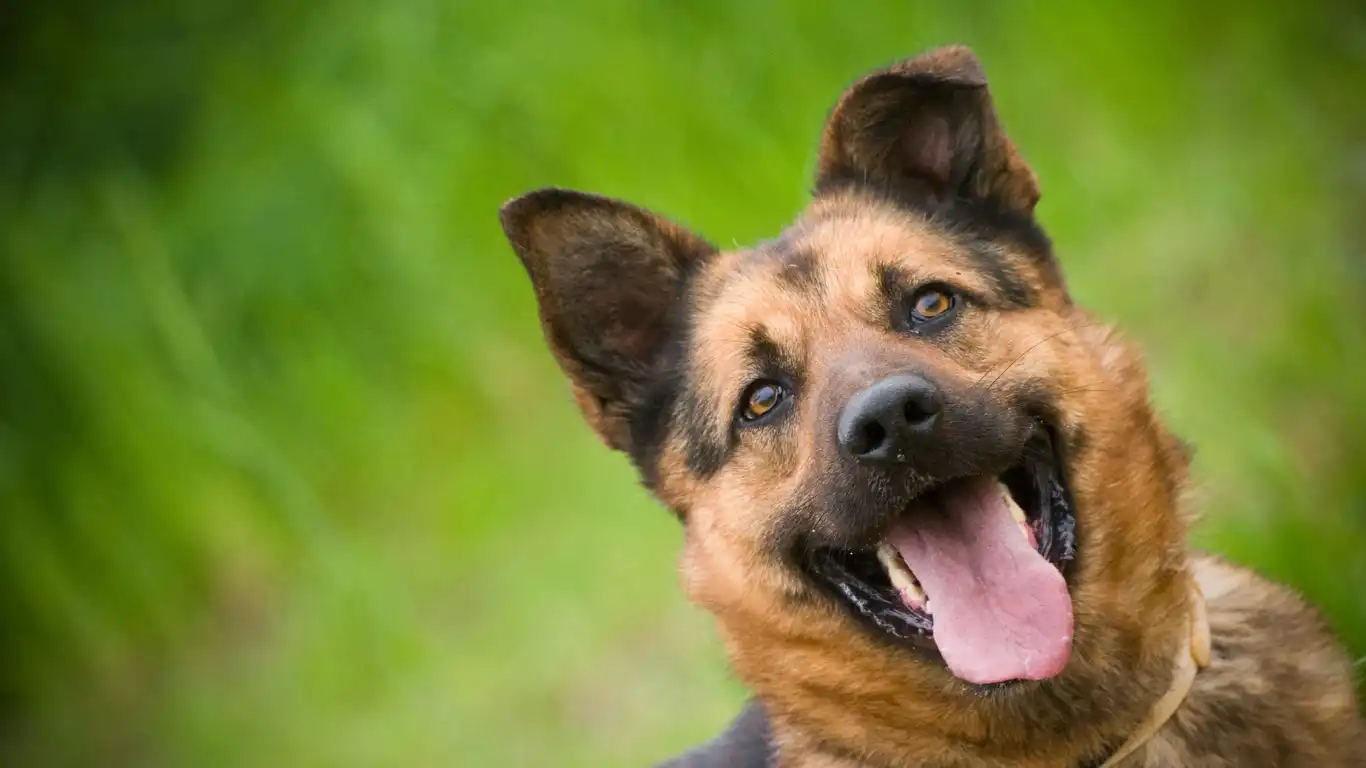
Alright, now that you’ve started transitioning your dog to raw food, let’s talk about what’s normal and what’s a red flag. I’ve had pet parents call me in a panic because their dog’s stool changed color or their pup seemed extra thirsty. Don’t worry, some changes are expected.
Changes in Stool
One of the first things you’ll notice is firmer, smaller, and less smelly poop. That’s a good sign! It means your dog is absorbing more nutrients and eliminating less waste. However, there are some stool changes you should watch for:
- White, chalky stool: This usually means too much bone. Adjust the bone ratio slightly.
- Loose stools or diarrhea: This can happen if the transition is too fast or there’s an imbalance in the diet. Slow down and ensure variety.
- Mucus in stool: A little is fine—it’s the body detoxing. But excessive mucus or blood? Check with your vet.
Detox Symptoms
Some dogs experience a detox phase, especially if they were on kibble for years. This can include:
- Increased shedding
- Goopy eyes or mild tear staining
- Ear wax buildup
- Skin breakouts
Don’t freak out! This is the body getting rid of toxins. Just make sure you’re offering clean, high-quality ingredients and plenty of fresh water.
Essential Supplements for a Balanced Raw Diet
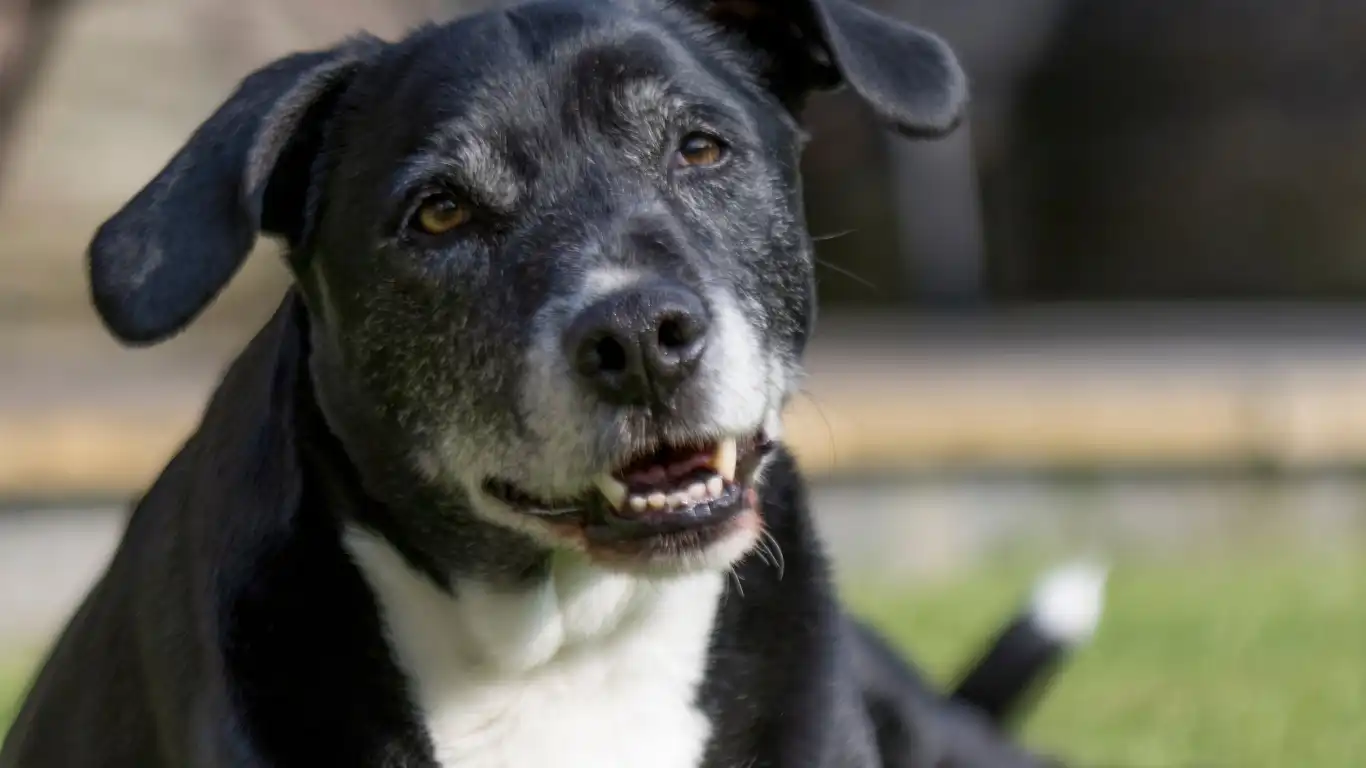
One of the biggest mistakes I see? Assuming raw feeding means just meat. Nope! Wild dogs eat a variety of foods, and we need to replicate that. Some essential additions include:
Omega-3 Fatty Acids
Fish like sardines or salmon provide natural omega-3s, which help with joint health, skin, and inflammation. If fresh fish isn’t an option, a high-quality fish oil supplement works too.
Organ Meats
Organs are nature’s multivitamins. You need liver, kidney, and spleen in small amounts for vitamins A, B, iron, and other crucial nutrients. Don’t skip this!
Raw Meaty Bones
Raw bones aren’t just for fun—they provide calcium and phosphorus. Great choices include chicken wings, turkey necks, and beef ribs.
Probiotics & Digestive Enzymes
Especially during the transition, probiotics help support gut health. You can use kefir, goat’s milk, or a pet-specific probiotic supplement.
Handling & Safety Tips for Raw Feeding
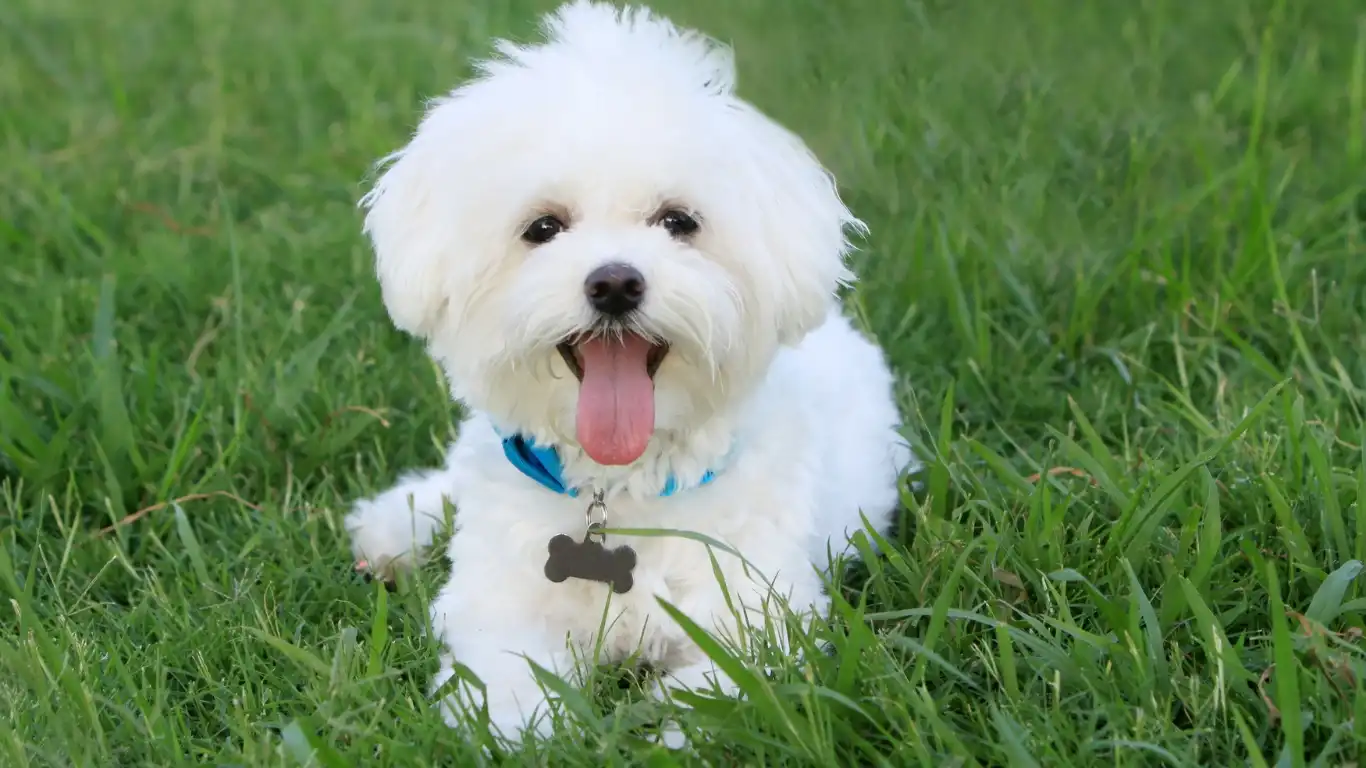
Raw feeding is amazing, but let’s be smart about handling it safely. I always tell clients: treat your dog’s raw food like you would raw chicken in your own kitchen. Follow these steps:
Keep Everything Clean
- Wash your hands and dog’s bowls after every meal.
- Sanitize surfaces and cutting boards used for raw prep.
- Use separate utensils for raw pet food.
Store Food Properly
- Keep raw food frozen until you’re ready to use it.
- Thaw in the fridge, never at room temperature.
- Use within 2-3 days once thawed.
Avoid Cross-Contamination
If you have multiple pets, especially a mix of raw-fed and kibble-fed, feed them separately to avoid food sharing and contamination.
Common Mistakes to Avoid When Transitioning to a Raw Diet
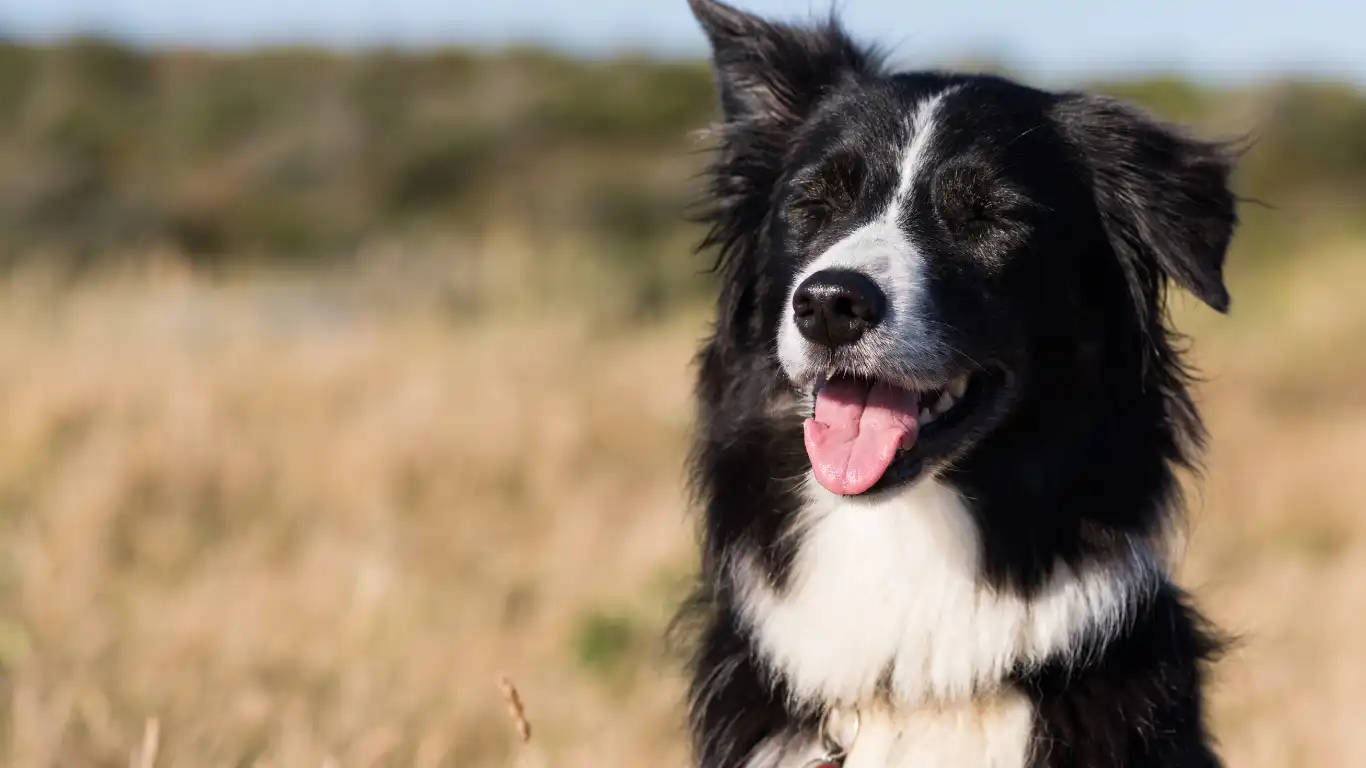
Even with the best intentions, I’ve seen pet parents make mistakes that can slow down the transition or cause health issues. Let’s go over the most common ones so you can steer clear of them.
1. Switching Too Fast
One of the biggest mistakes? Going cold turkey. Some dogs may handle it well, but for many, an abrupt switch leads to digestive upset. Stick to the gradual transition plan I mentioned earlier.
2. Not Providing a Balanced Diet
A raw diet is more than just throwing some raw meat in a bowl. You need a balance of muscle meat, organ meat, and bone. Skipping one component—especially organ meats—can lead to deficiencies.
3. Overfeeding or Underfeeding
A common question I get is, “How much should I feed my dog?” A good rule of thumb:
- Feed 2-3% of your dog’s body weight in raw food daily.
- Active dogs may need more, while less active ones may need less.
Keep an eye on your pup’s weight and adjust portions as needed.
4. Ignoring Hydration
Dogs on a raw diet usually drink less water than kibble-fed dogs because raw food contains natural moisture. However, always make sure fresh water is available.
How to Know If Your Dog Is Thriving on Raw
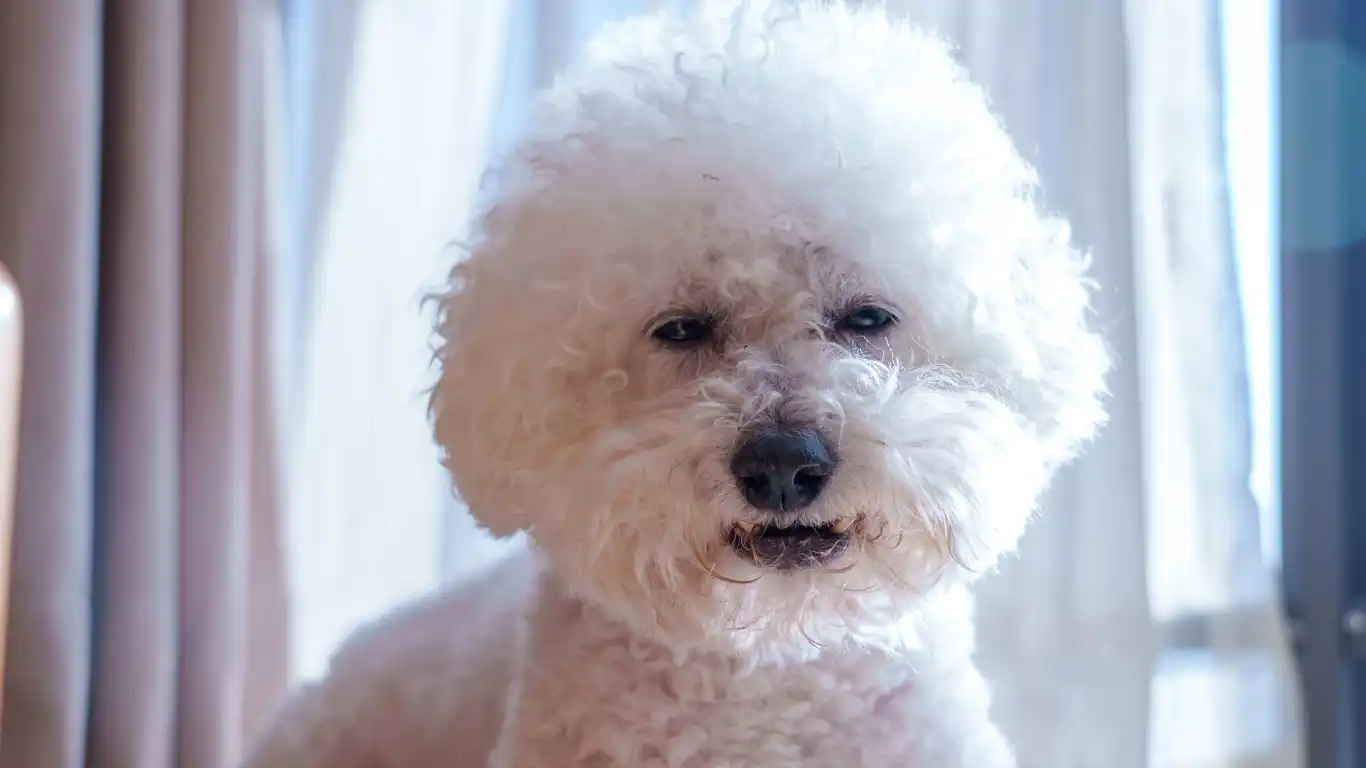
Wondering if you’re doing it right? Here are some signs your dog is thriving on their new raw diet:
- Healthy, firm stools (smaller and less smelly than before!)
- Shiny coat and less shedding
- Improved energy levels (not hyper, just balanced energy)
- Clean teeth and fresh breath
- Less itching and fewer allergies
If your dog is experiencing persistent diarrhea, lethargy, or other concerning symptoms, it’s worth revisiting their diet balance or consulting a vet.
Frequently Asked Questions About Raw Feeding
Can I mix kibble and raw food?
Yes, but it’s not always ideal. Kibble and raw digest at different rates, which can sometimes lead to digestive upset. If you must mix, start slow and monitor your dog’s reaction.
What if my dog refuses raw food?
Some dogs are picky! Try lightly searing the meat to bring out the aroma. You can also add bone broth or mix with their current food for a gradual introduction.
Is raw feeding expensive?
It can be, but there are ways to keep costs down! Buying in bulk, using a local butcher, and meal-prepping in advance can make raw feeding more affordable than premium kibble.
Final Thoughts on Transitioning to a Raw Diet
Switching your dog to a raw diet safely takes patience, knowledge, and a bit of trial and error. But trust me—it’s worth it. From my years in veterinary clinics, I’ve seen firsthand the transformations raw-fed dogs go through. Shiny coats, better digestion, and overall better health.
Just remember:
- Take it slow and transition gradually.
- Ensure a balanced diet with muscle, bone, and organs.
- Stay consistent and adjust based on your dog’s needs.
Raw feeding isn’t just a diet—it’s a lifestyle. Once you get the hang of it, it becomes second nature.
References
- American Veterinary Medical Association (AVMA)
- American Animal Hospital Association (AAHA)
- National Center for Biotechnology Information (NCBI)
Disclaimer
The information in this article is based on personal experience and research as a pet nutritionist. It is not a substitute for professional veterinary advice. Always consult with a veterinarian before making dietary changes for your pet.

